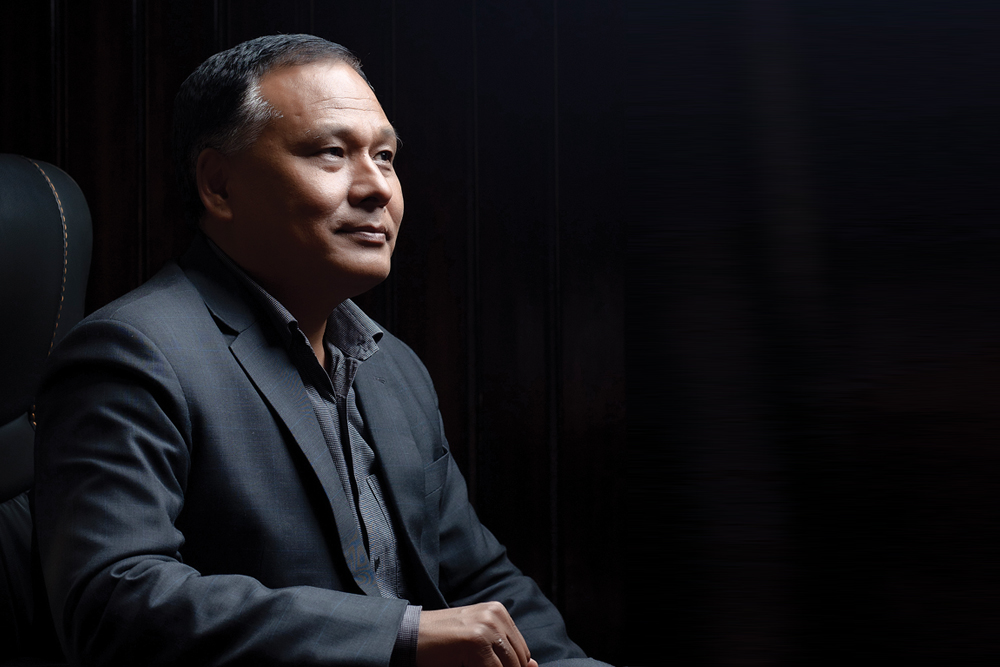
Kul Man Ghising
Managing Director
Nepal Electricity Authority
Nepal Electricity Authority (NEA) is the single off taker of electricity in the Nepali market. The public enterprise that works mainly on three major components: generation, transmission and distribution of electricity has recently expanded its verticals in consideration of its principal expertise of engineering solutions. NEA Engineering has been established to provide consulting services. At one time, we were witnessing load shedding of up to 18 hours with every aspect of commercial and public life disrupted. But within a span of few years since Kul Man Ghising took on the position of Managing Director of NEA, with 15,000 people working under his direction, major transformation has taken place with the country now being in a position to export surplus energy. NEA has also witnessed significant change in service delivery, institutional reform, financial health, and strengthening of transmission and distribution infrastructures. Business 360 caught up with the Managing Director of the NEA, Kul Man Ghising, who is now a household name and lauded as a reformer and a role model, to learn about the country’s energy sector and the transformation of his organisation. Excerpts: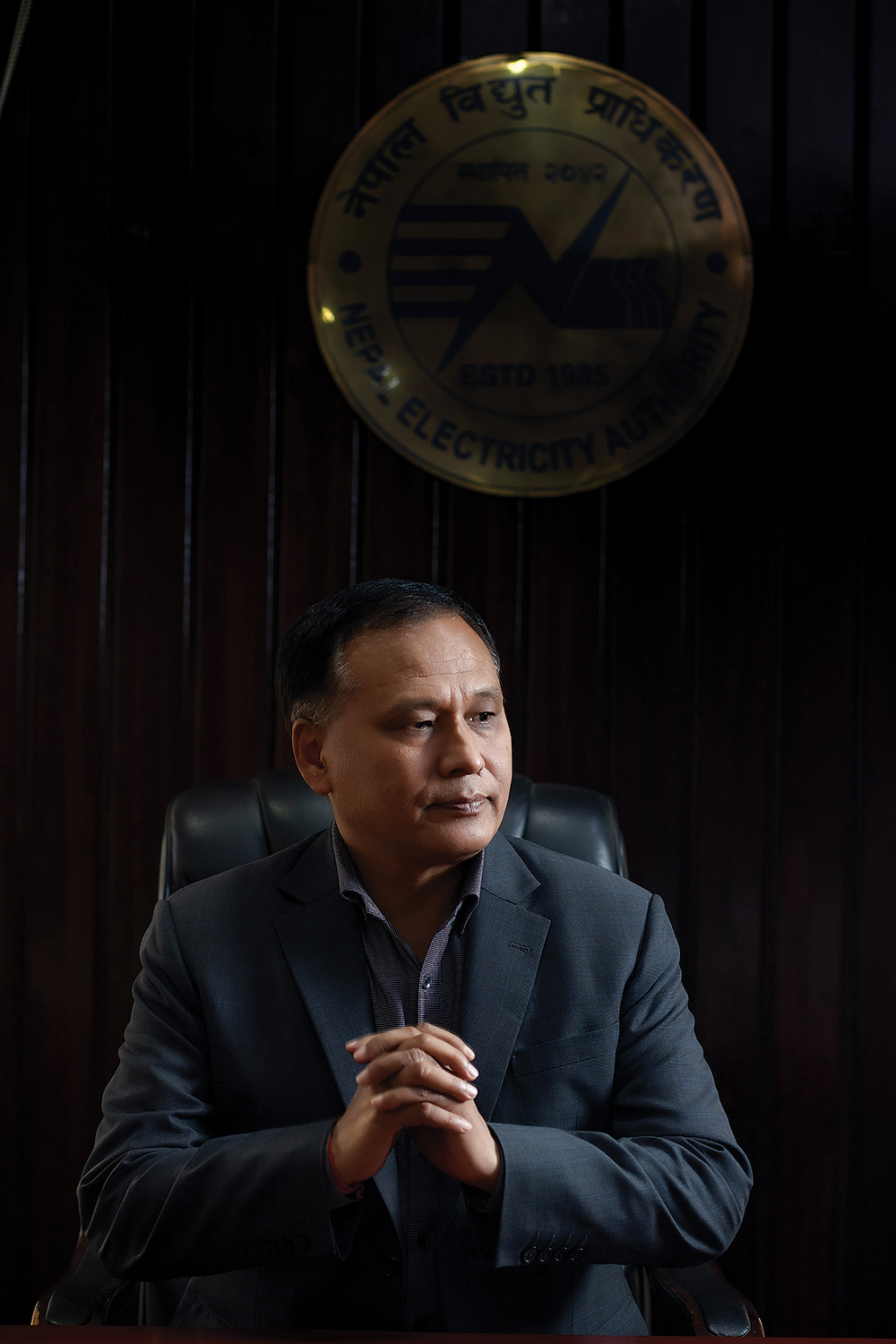
What prospects do you see for Nepal’s energy sector, and hydropower in particular?
While talking about the prospects of Nepal’s energy sector, we are resourceful in hydropower which is considered green energy. Currently, our generation capacity is around 2,300-2,400 MW, and we’ll have 5,000 MW of hydroelectricity in the next three years. In 2016, the government had announced an ambitious target of generating 10,000 MW within 10 years and the principal aim of Nepal Electricity Authority (NEA) is to achieve this target. We have signed power purchase agreement (PPA) for 6,400 MW capacity project so far under the government’s target. Apart from this, the hydroelectric projects being developed under export propositions from Indian developers is also significant in terms of capacity. Energy sector development, particularly hydropower development, is leapfrogging. We might be able to generate around 15,000 MW of hydroelectricity in the next decade. On the brighter side, energy consumption growth is consistently moving upward with 20% annual growth on average in the last five years. We are also exploring windows for electricity export, particularly to India and Bangladesh. We have yet to avail the market opportunities we have in Bangladesh due to lack of access, though we have started exporting electricity to the Indian market since June 2022. In 2022, roughly 1.50 billion units of electricity got sold in the Indian market worth Rs 11 billion. Bangladesh is keenly looking to buy electricity from Nepal. To make this happen, we have started negotiations with India for transmission connectivity to access the Bangladesh market. We believe we will be certainly allowed to use transmission infrastructure of India for electricity trading with Bangladesh. We have ample opportunities in generation and projects are being developed. Similarly, we are gradually exploring the cross-border market along with expanding our domestic market. In this regard, energy sector carries the prospects of transforming the country and we are moving ahead towards harnessing it."The issue of energy consumption is based on the economic development of the country. The government’s policy, planning and implementation of cross-cutting issues with a time-bound action matrix is required, where different agencies and stakeholders are involved for increasing electricity consumption."
The adequacy of transmission lines and robust distribution system is under question. What is the progress in this area?
There are massive works going on to establish adequate transmission network. Butwal-Gorakhpur cross-border transmission line will open new avenues in power trading with India and third countries. Likewise, Indian company SJVN has also been developing a transmission line from Dhalkebar to Sitamarhi, which will be completed within a year. We are going to initiate talks with India to develop Lamki-Bareli and Inaruwa-Purnia interstate transmission line at the secretary-level talks. In the next 5-6 years, we’ll build cross-border transmission capacity for 12,000 to 15,000 MW. Such infrastructure will help lure investors into Nepal’s hydroelectricity. Nepal’s green energy equally carries the prospect to develop green hydrogen energy which is also considered the future source of energy worldwide. Nepal is highly competitive in green hydrogen production, and it has equal prospects of utilising green ammonia made with hydrogen (through electrolysis powered by clean energy) for producing chemical fertiliser. Hydrogen energy could also be used for clean transport solutions in Nepal.Are there any studies done by NEA on the competitiveness of hydrogen energy in Nepal?
We have started the feasibility study for hydrogen energy and green ammonia production (for chemical fertiliser) in collaboration with Kathmandu University and Global Green Growth Institute (GGGI). Following the study, we’ll initiate a pilot project of a small capacity. This is because hydrogen energy is the next generation of energy and could be instrumental for energy mix. Nepal’s water is going to be a source of everything, we use water to produce hydrogen through electrolysis. We can export hydrogen gas as well. It is said that we can use hydrogen energy for heavy transport vehicles to convert them into clean transport. On the other hand, we have tremendous potential to export bottled water as well.NEA has also initiated pump storage and reservoir projects, are these costly?
We have started studying Dudhkoshi, Upper Arun and other reservoir projects. We have a small portion of share in 1,200 MW Budhigandaki as well as peaking run of the river (PRoR), reservoir and pump storage projects. Pump storage projects might not be cost-effective in the domestic market, but we have initiated these projects eyeing the Indian market where price of electricity in peak hours is high at nearly Rs 12 per unit and the rest of the time per unit price is around Rs 3. If we pump the water in off-peak hours and generate electricity to export in peak hours, it will be beneficial. Pump storage is like a battery backup. We can buy solar energy at cheaper rates in the daytime to pump water and generate electricity in peak hours. Pump storage has massively come into use in India due to cheaper solar energy. It is a perfect mix of solar and hydropower. Rather than investing in solar batteries (lithium-ion batteries) for power backup, pump storage is cost-effective and efficient due to its long life and environment-friendly nature.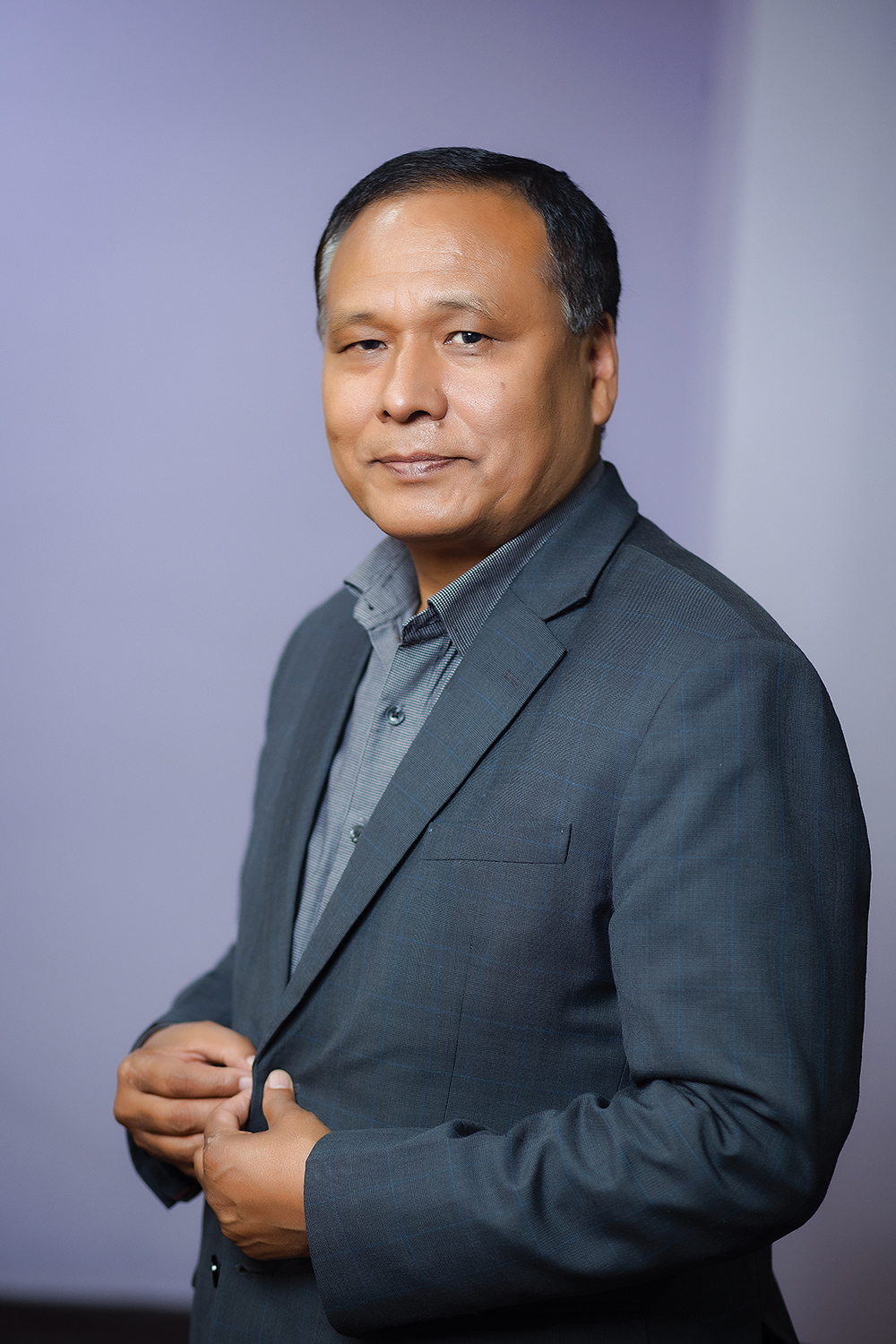
In your first stint as Managing Director of NEA, you addressed the perennial challenge of load shedding, reformed the NEA, its financial health, expedited the construction of generation projects, enhanced transmission and distribution system. What are your priorities in this tenure?
Our priority is to enhance and expand infrastructure, and strengthen the transmission and distribution system to ensure reliable and quality electricity supply. In Kathmandu, the capital and major load centre of the country, we have been developing robust distribution network that can serve the load/demand based on the projections of energy consumption in 2050. We have assumed that Kathmandu alone will consume 3,000 MW by 2050. In this regard, we have to upgrade the existing 500 MW distribution system accordingly and we are doing that. We have been studying the demand of 18 major cities and load centres and developing substations, transmission systems on the basis of projected demand for 2050. We are developing east-west 400 kV transmission highways and substations to enhance the distribution network to ensure reliable supply of electricity. We have been availing loans and assistance from various development partners and development finance institutions (DFIs) through the government. Similarly, we have paid due attention to institutional strengthening through automation/digitisation of processes and systems. We are massively working on smart metering, RMS billing, ARP system, distribution control system, GIS mapping of distribution network across the country, establishing data centres. I have given high priority to taking forward the aforesaid generation projects and mainly, cross-border infrastructure and trading. Similarly, we are in the last leg of 100% electrification in the country. Electrification across the country has been carried out as a campaign supplemented by our own resources i.e., from our profit. We are generating sound profit from enhanced supply, leakages and cost control; and we will add supplementary resources to make up the shortfall in the government earmarked budget for such infrastructure development. Still, we have lack of resources which will be fulfilled from loans.How long will it take for the country to be fully electrified as last mile electrification works are underway in Karnali?
The major chunk of electrification work is remaining in Karnali. However, we are still lacking full-fledged electrification in each of the provinces. We are almost done in Madhesh and Bagmati provinces. We’ll gradually announce fully electrified provinces. We are going to invest Rs 24-25 billion in Karnali and Sudurpaschim province only. It might cost around Rs 40 billion for electrification, and it is difficult to provide access to electricity from the national grid to almost 100,000 households due to rugged terrain like in Upper Dolpa where we will have to arrange electricity from renewable energy sources. This will cost around Rs 12 billion as per the initial estimates of the Alternative Energy Promotion Centre (AEPC)."It is not the issue of taking a stance; it is an issue of negotiation. And give and take is usual in negotiation. We are looking for unlimited/unrestricted open access to the market for electricity trade in India."
How does NEA promote energy consumption? There is criticism that NEA’s forecasts of electricity consumption is based on suppressed demand, and it has been signing PPA accordingly rather than putting real effort into increasing energy consumption which can be simply done through revising tariff structures. What are your views?
Energy consumption depends on overall economic activities, and it is the responsibility of the government. We should not fully resort to/rely upon the NEA for increasing consumption. Basically, NEA develops infrastructure, transmission and distribution networks to ensure round-the-clock (24/7) reliable electricity supply as well as supply the quantity of electricity required by industries, households and businesses. We have provided incentives in tariff to encourage consumption. We are ready to supply electricity as per the demand. However, due to a slowdown in the economy this year, energy consumption has substantially gone down as cement, steel industries have been operating far below their capacity. It depends on the government’s policy and overall investment climate to bring new industries on board. For example, cryptocurrency mining uniformly/regularly consumes electricity, other power-intensive industries like chemical fertiliser plants and others can be established from the government’s initiation. Conversion of existing industrial boilers into electric is a matter of capital investment that might require government incentives. The government should also have a policy on moving forward towards hydrogen energy, clean transport (EVs). Neighbouring India has already done it. With a single stroke of pen reform, we can convert all cabs/taxis to fully electric. For example, private vehicles might travel only 30 km in a day, however, public transport buses and cabs travel 5-6 times more than private vehicles. NEA is ready to provide infrastructure like charging stations, few are already built. Per unit tariff for charging EVs at charging stations is almost half compared to the cost incurred at home or for household clients. Even household electricity consumption relies on economic upliftment or purchasing capacity. If people are economically empowered, they will start using air conditioning, washing machines, cooking solutions and other electric appliances. Therefore, the issue of energy consumption is based on the economic development of the country. The government’s policy, planning and implementation of cross-cutting issues with a time-bound action matrix is required, where different agencies and stakeholders are involved for increasing electricity consumption.Are you saying that the free energy that we obtain from export projects like Arun 3 can’t be consumed in the domestic market?
I think the government should reinvest the royalty that it receives from the energy sector for infrastructure and incentives to enhance consumption. The NEA alone contributes royalty worth Rs 1.70 billion per annum. Even a small project like 22 MW Chilime, a subsidiary of NEA, contributes Rs 140 million as royalty and Rs 220 million in a year. Many generation projects are in pipeline. Likewise, the government will obtain 21.9% free energy royalty from 900 MW Arun 3. It is up to the government to export or consume the free energy obtained from the project after completion. If we cannot consume, the country will earn around Rs 9-10 billion annually through exporting around 200 MW of electricity to India.Industrialists are heard saying that it would be better to supply electricity to the industries rather than export to India at cheaper rates. Is this true?
It is not true. While talking about tariffs, electricity in Nepal is the cheapest, which is Rs 4.25 to 4.50 per unit for six hours at night, whereas NEA has been paying Rs 8 per unit for electricity at that time. Industries normally don’t operate during peak hours considering the high tariff of Rs 9 per unit. They are utilising the best rates. We are exporting to India at the highest rate of INRs 12 to the lowest INRs 4 per unit, which means Rs 19.20 to 6.40 per unit. If domestic industries demand at least double than their existing consumption, we can think about minimising rates to around Re 1 per unit, but they’re not going to increase the consumption substantially and that will be a huge loss for power utility and impact our financial condition. Even in households, we are providing 20 units per month free of cost and Rs 3 per unit above 20 units and maximum of Rs 10 per unit for those who consume above 200 units per month. This is a scientific tariff structure followed worldwide. In the last 3-4 years we have minimised the domestic tariff by around 25% for household consumers.There has been prolonged cold war between industrialists and the NEA as they allege that NEA’s supply to the industries is not reliable and it has slapped high tariff for users of dedicated line without using the quantity as per the threshold determined by the NEA for the high tariff. Your comments.
There is hue and cry if problems occur sometimes due to some technical reason. Russia-Ukraine tensions affected our imports from India for two weeks; however, in the wet season, we urged them to consume spill energy, but they refused. We have added more substations in industrial corridors for reliability of supply. We have invested in these infrastructures for the benefit of industries; however, they are not consuming. The billing of dedicated line consumption is a national issue. Until the government makes any decision of waiver in this regard, it is their obligation to settle it. There is no substantive demand except Jagdamba in recent years. Jagdamba Industries has taken approval of 48 MW recently, though they are operationalising 24-25 MW.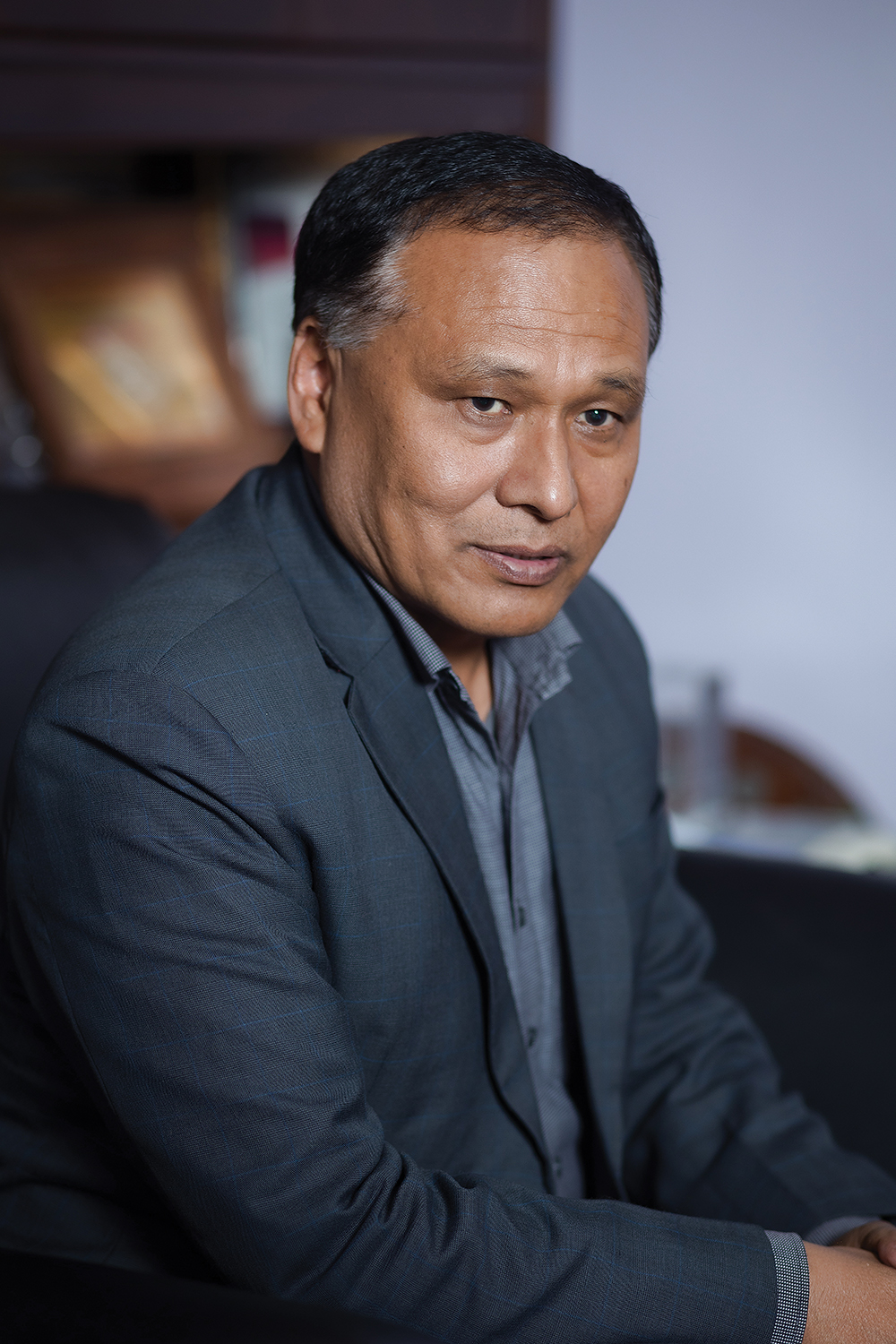
Are you taking a stance with India to provide access to Bangladesh for electricity trading before making decisions on the JV with Indian government owned NHPC and NEA’s Generation Company - Vidhyut Utpadan Company Limited for the 426 MW Phukot-Karnali?
India has been gradually opening the market. It is not an issue of taking a stance; it is an issue of negotiation. And give and take is usual in negotiation. We are looking for unlimited/unrestricted open access to the market for electricity trade in India. If Indian and Nepali developers form joint ventures, develop projects and export to the Indian market, it is always welcomed. India and Bangladesh are moving ahead to develop 765 kV transmission line. If this materialises, I believe this will open the door for regional energy trading. If we had developed 10,000 MW (20 billion units per annum) Karnali-Chisapani some three decades back, Nepal would have leaped forward as a developing country. Apart from Phukot-Karnali; NEA will develop Dudhkoshi and Upper Arun. Similarly, we’ll apply for licence of Sunkoshi-3 hydroelectric project.Has NEA closed the door for signing PPA of run of the river projects?
It has not been closed fully; the government has sent around 1,500 MW projects to be signed for PPA with developers of run of the river. However, our focus is only peaking and reservoir projects. Peaking is important for us, for example, the generation of 456 MW Upper Tamakoshi is only 150 MW in dry season. However, we are operating it in peak only. We are importing cheaper electricity from India at night and exporting during the peak hours in the morning and evening at the best rates. We were supposed to exchange electricity with Bihar during the wet season, however, it cost higher for them this year due to energy crisis. We’ll renegotiate it on different terms and conditions."The energy sector has come to a certain stage of development, to achieve the next level of transformative equilibrium in development; the government must bring a 10-year sunset legislation through the parliament to expedite project development and economic activities."
More private sector companies are expressing interest in cross-border power trading through infrastructure sharing with NEA?
They can share NEA’s infrastructure as per the law and there is no restriction for them. The new Electricity Act has well defined it. However, they must have their own electricity for this purpose. Right now, NEA is the only off-taker and all the developers have signed PPA with us. If private sector players want to be involved in cross-border electricity trade, they will have to offtake electricity from generation projects like how NEA has been doing. Currently, NEA is the sole power off-taker and it has been taking electricity from generation projects promoted by independent power producers at its own risk, which is known as take or pay. After signing the power purchase agreement, NEA has to pay for the electricity whether it can sell it or not.We are moving towards energy transition from traditional sources to clean sources. In terms of infrastructure, institutional strengthening, reliability of supply we’ve witnessed a massive transformation under your leadership in NEA. What does taking the lead for a greater leap in the energy sector mean to you?
Energy sector is a vast sector in itself and NEA is the only entity in Nepal commanding generation, transmission and distribution system. In terms of staff, we have around 15,000 staff and nationwide infrastructure. There is a lot of pressure regarding distribution and staff management. Generation is one of the major components of NEA and each of the other components of transmission and distribution could be separate entities. Though I have contributed to this institution with my entire efforts, however, much still needs to be done yet. What I have experienced while serving as MD is weak agency and cross-ministerial coordination resulting in lagging development. A new government is formed, the government should mull about bringing a sunset type of law like ‘10-year development decade’ superseding other prevailing laws. It is because it takes five years to approve one EIA (environmental impact assessment), seven years to chop/remove trees from right of way or clear the sites for the construction or installation of transmission lines. The pace is much slower, and we are not able to reap the benefit of the development and opportunities we have. Lack of coordination among government agencies is a major hurdle for development. We can compensate the land and carry massive plantations against the trees chopped in the project area. The energy sector is instrumental for the overall development of the country. The energy sector has come to a certain stage of development, to achieve the next level of transformative equilibrium in development; the government must bring a 10-year sunset legislation through the parliament to expedite project development and economic activities. READ ALSO:
Published Date: January 2, 2023, 12:00 am
Post Comments
E-Magazine
RELATED In the Lead


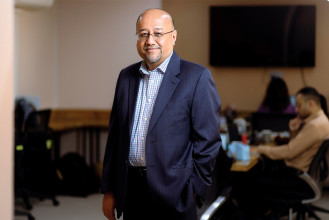

-1757917838.jpg)